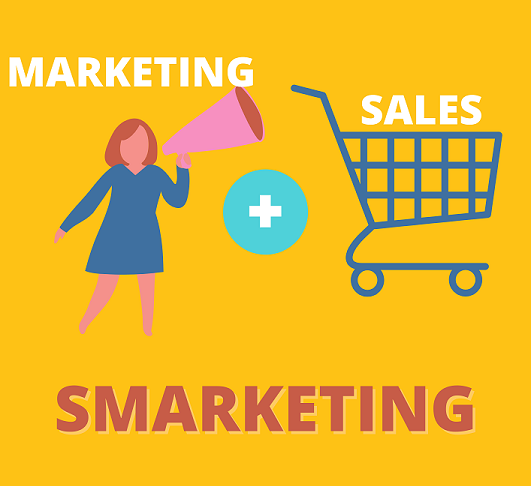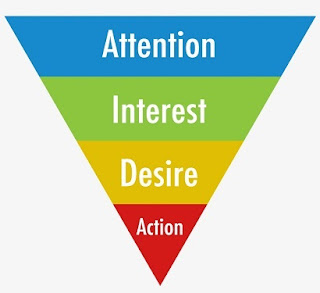If you have been listening to the term “Lead Magnet” lately and would like to know more about it, then you are at the right place. In this post, let’s learn what exactly a lead magnet is and how can it help you…
As the name suggests, Lead Magnets are some kind of resources which helps you attract leads. They are a type of marketing resources which helps you generate more leads. These resources provides something of value to the prospective customers due to which they are willing to share their contact information in exchange for the value provided in the resources.
Let’s learn this with an example.
- Let’s say you are searching online to invest in a Real Estate property. You came across a website which had a well-researched whitepaper available with analysis of real estate prices across different localities.
- From your perspective, this is a very useful resource available to you, however you need share your contact information on the website to receive the whitepaper.
- If you find the content summary to be useful and you trust the website, you would willingly share your contact information.
- Now, apart from sending you the whitepaper, the website seller (of course with appropriate permission) may also share you some more useful information or great deals which you might be interested in.
Here, the Whitepaper is a Lead Magnet, which helps generate leads via an opt-in form. This is an inbound way of marketing without having to push sell anything.
Businesses usually make use of this marketing tool to provide information & insights of value, to the prospect for free. This encourages the prospects to share their contact information on an opt-in form to receive more such relevant information. These contact information can be leveraged later to warm up the prospects through a marketing or sales funnel for nurturing the leads for a sales conversation.
Examples of Lead Magnets
If you want to create Lead magnets to generate leads, you can do so in many ways. Some of the examples of lead magnets are:
- Ebooks
- Whitepapers
- Free Trials of products and services
- Discount codes
- Webinars
- Videos
- Templates such as Business plan template, marketing plan templates, sales email templates, Pitch deck templates, etc.
You can prepare these resources by providing a comprehensive and informative content which is focused on a particular topic around your niche. These might be some problems which your target audiences are generally searching to solve.
Here, you can provide more insights and solutions to the problems faced by your prospects. With these you can demonstrate strong expertise in your domain to establish a trust with your prospect, which will ultimately help improve your chances of getting any business in future.
Having said that, you should always remember that the goal of creating a lead magnet should always be to initiate a conversation with your audience instead of trying to strike a sales deal with them from day one. The goal is help your audience and nurture the relationship.
Hope you had a good time learning about Lead Magnets. If you are interested in trying out a CRM to track your leads, feel free to try out ToolsonCloud CRM. It’s free.











